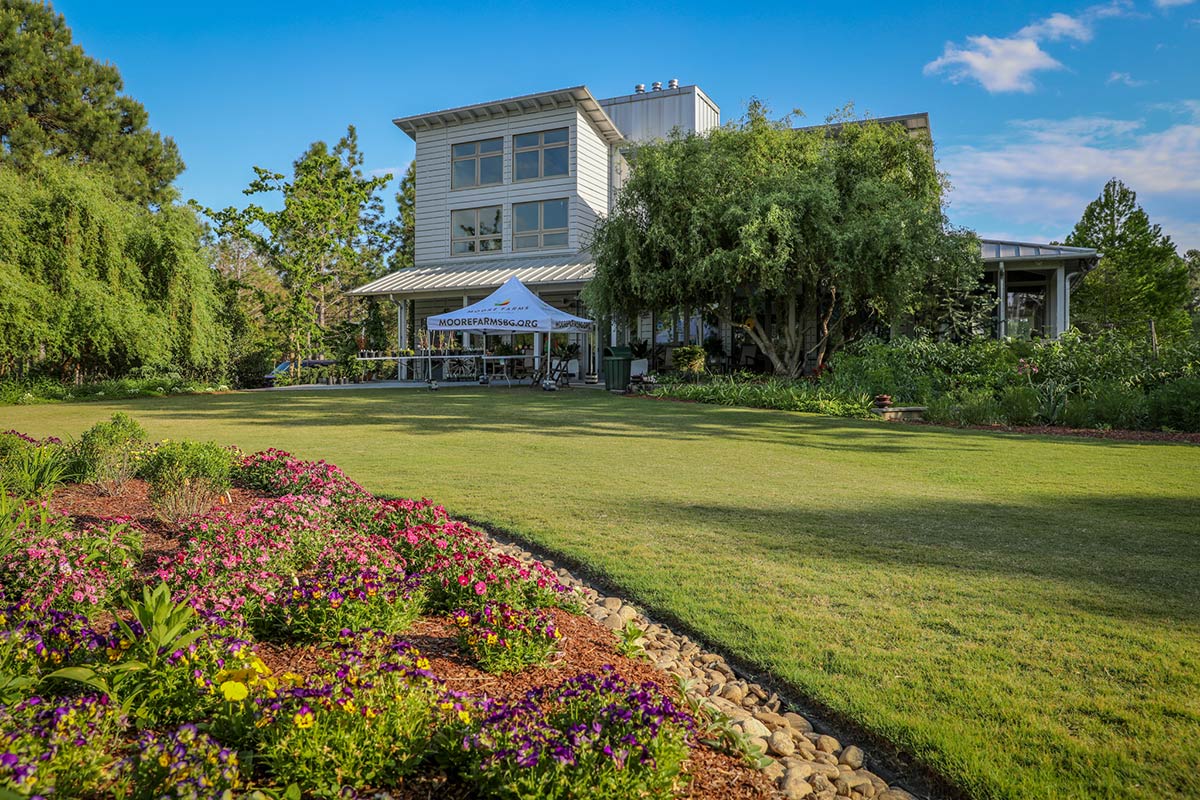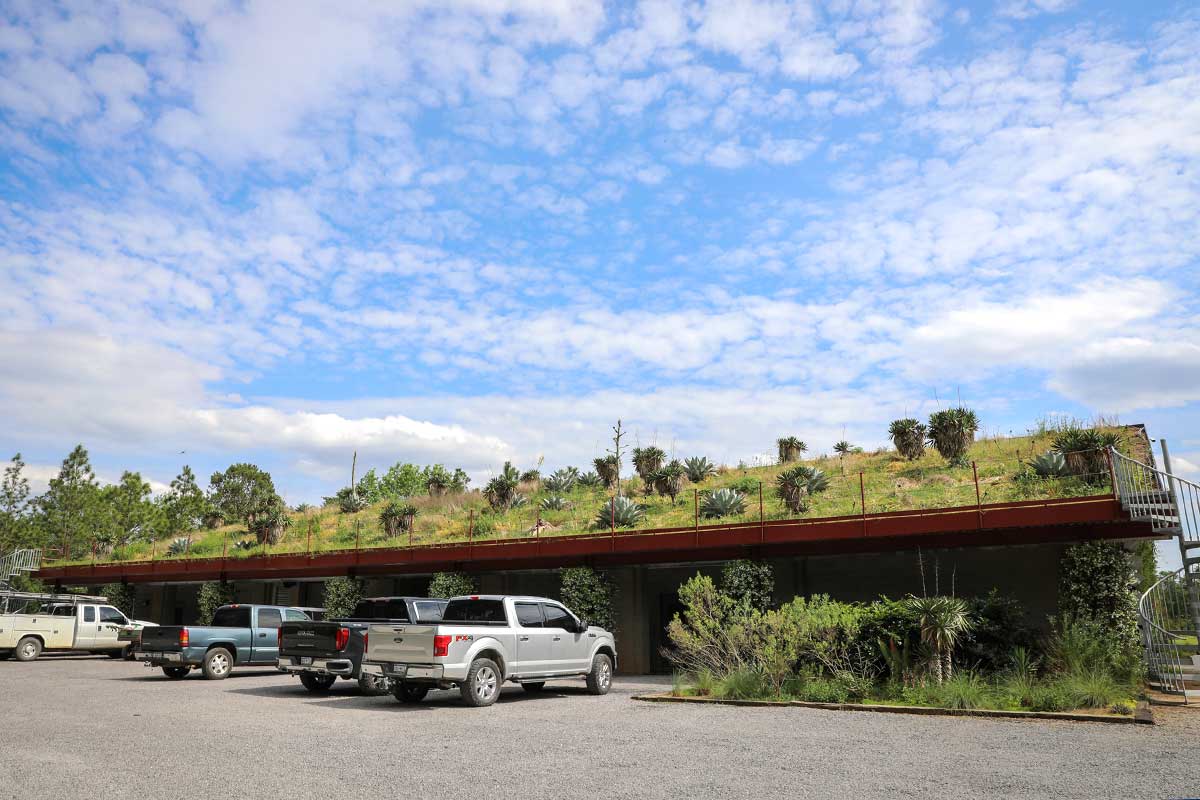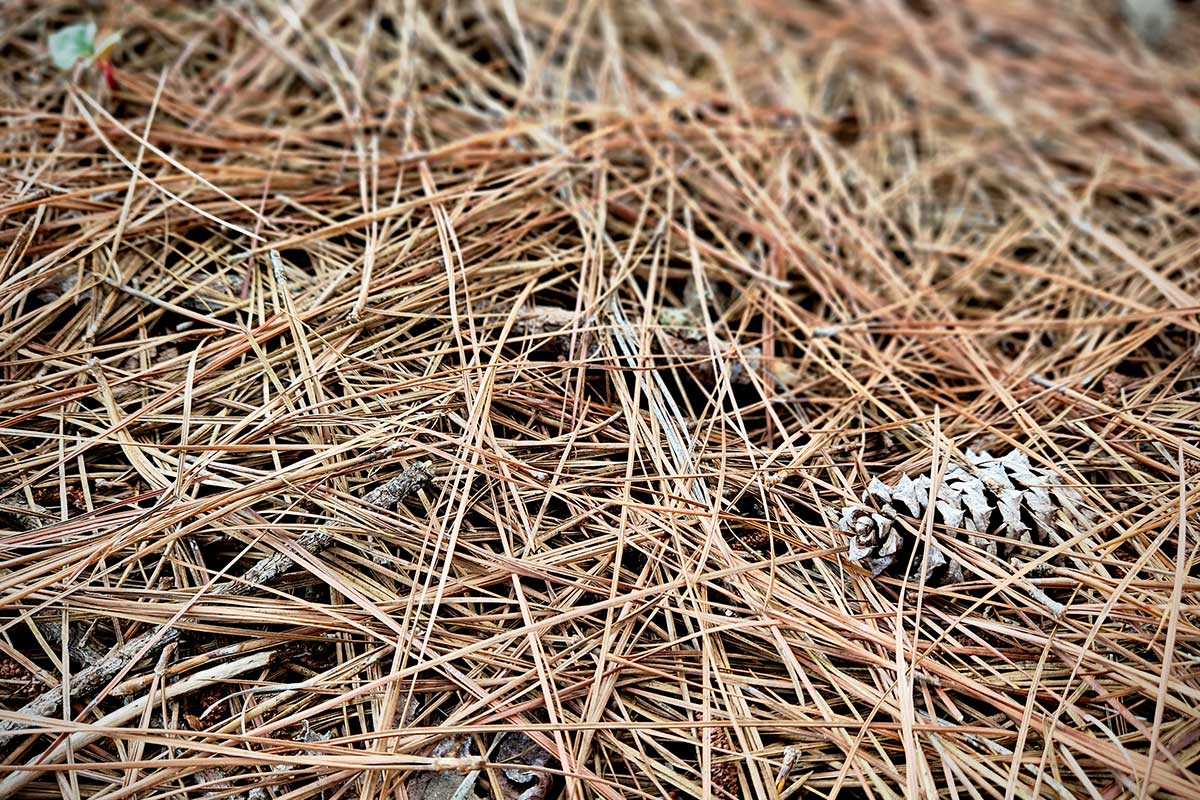Alternative heating systems are found in the Maintenance Facility and the Fire Tower Welcome Center. Built in 2011, the Maintenance Facility is oriented to maximize the seasonal heating and cooling effects of the sun. When the sun is lower on the horizon in winter, the glass fronted south side of the building allows warm sunlight to enter. In summer, the sun passes directly over the roof, keeping the sunlight out of the windows and the building much cooler.
The Fire Tower Welcome Center operates on a geothermal system for its heating and cooling needs. In this case, the earth itself provides the energy. Water circulates through the system from deep in the ground where it stays at a constant temperature year-round. This efficient system enables the building to have lower electrical demands than most standard smaller homes.


Going green is not only practical, but in our case, necessary. Near the fire tower is a bog garden that is home to plants which are specially adapted to grow in nutrient poor environments. Since well and city water contain chemicals and minerals that could damage these fragile plants, irrigation is provided from clean rain water collected in cisterns.
Due to an imbalance of minerals in our well water, it’s also necessary to irrigate greenhouse crops with rain water. The process begins by capturing the runoff from the greenhouses during rain events. The rain water is then pumped through the irrigation system to all seedlings and cuttings. This clean, fresh water has proven to be an elixir during this especially sensitive time of development.
Another example of water recycling exists on the green roof.Supplemental irrigation is necessary to maintain a healthy green roof in the southeast, though in other parts of the country this is not necessarily the case. To meet this need an underground cistern was installed to capture stormwater from the maintenance facility. The water is then circulated back through the green roof irrigation system, only to be collected and recycled gain.
After two winters of using a temporary cold frame, we decided to build a more permanent home for our tender crops. However, we wanted a cost effective and environmentally friendly structure, so we searched for the necessary materials on site. It turns out we didn’t have to look far. The perfect ingredient, clay, was right under our feet. The recent creation of a pond on the property provided us with an ample supply.
The first step was to build the walls and foundation. In order to provide extra stability, Portland cement was added to the clay, with a ratio of one part cement for every nine parts clay. The three foot high walls were then topped with 2″ x 12″ boards to protect the fragile surface. More importantly, this provided a solid base to anchor the roof. In keeping with the design of the existing greenhouses, the roof was made from 8 mm polycarbonate panels, all of which were extended over the base to shed water. Three manually operated access panels were installed, as was a solar vent opener to regulate temperatures. Due to the dense side walls and south facing orientation, plants remain unharmed during the coldest of days of winter and begin growth much earlier in the spring.


With 2.5 acres of long leaf pines planted for pine straw production, the garden is able to meet a substantial amount of its mulching needs with an on-site supply. Since pine straw is collected from shed needles, this renewable resource is harvested annually in October and November. Pine straw is an effective mulch in tree wells, landscape beds, and outlying areas where not as much gardening finesse is needed. The long, gracefully arching needles of longleaf pine are superior to all other varieties.
Instagram:
@moorefarmsbgSubscribe to our newsletter and stay updated with everything events, classes and everything that's going on at the farm!